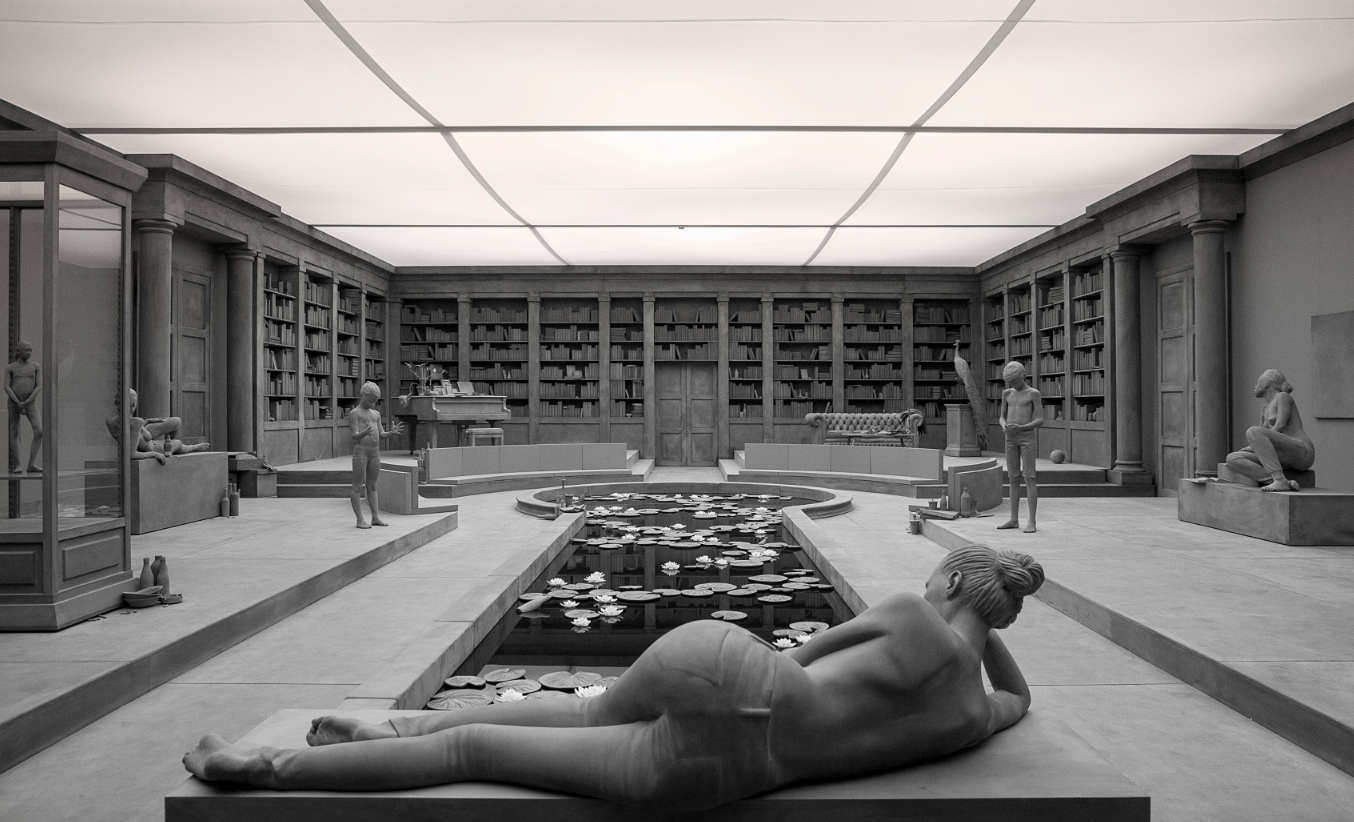Belgian artist Hans Op de Beeck talks to Dionne Bel about how he invites visitors into moments of disappearance and quiet revelation in his latest solo show in Paris, which doesn’t scream but instead whispers
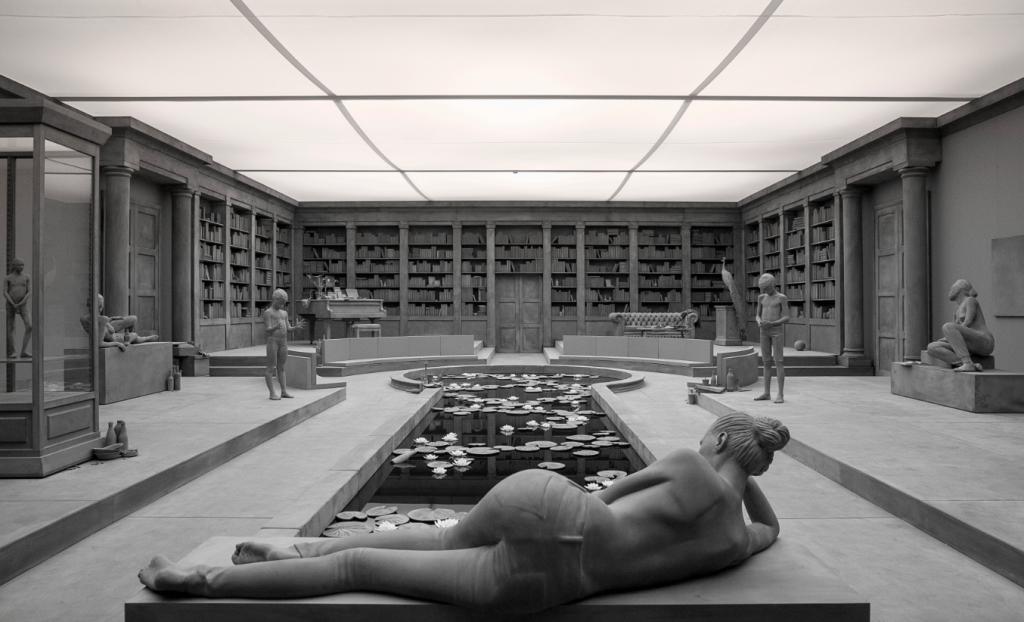
Nestled in the heart of Paris, Templon gallery’s dual spaces will transform this autumn into portals of poetic suspension when Hans Op de Beeck unveils his exhibition On Vanishing from September 13 to October 31. Known for his imaginary, highly-crafted environments rendered in his hallmark soft, velvety grey – whether an abandoned campsite, an art collector’s house or a girl posing in fancy dress costume who has slipped on her mother’s oversized shoes – he turns his attention to the fleeting instants when we let go of linguistic, logical and rational constraints and briefly become nothing or nobody.
Drawing from what he describes as a mediocre, middle-class childhood and the banality of everyday living, he transforms life’s most trivial events into something meaningful through his sculptural installations. He says, “It’s important to mould your weaknesses into something constructive, to work from what you know, from the inside out, and to make it universal, so that it transcends the anecdotal and becomes intelligible, or recognisable, to others.”

In On Vanishing, Op de Beeck stages a cabinet of curiosities across sculpture, watercolour and animated film in which every object, figure and architectural fragment feels at once familiar and fantastic. By stripping away colour and narrative resolution, he guides viewers toward a space of introspection – a hushed interlude in a world that rarely pauses. Each tableau of visual fiction is a call to surrender the self, embrace the ephemeral and discover wonder in the silent margins of our perception. Visitors are asked not to act but to simply be: to slip out of time and perhaps experience the luxury of vanishing – just for a moment.
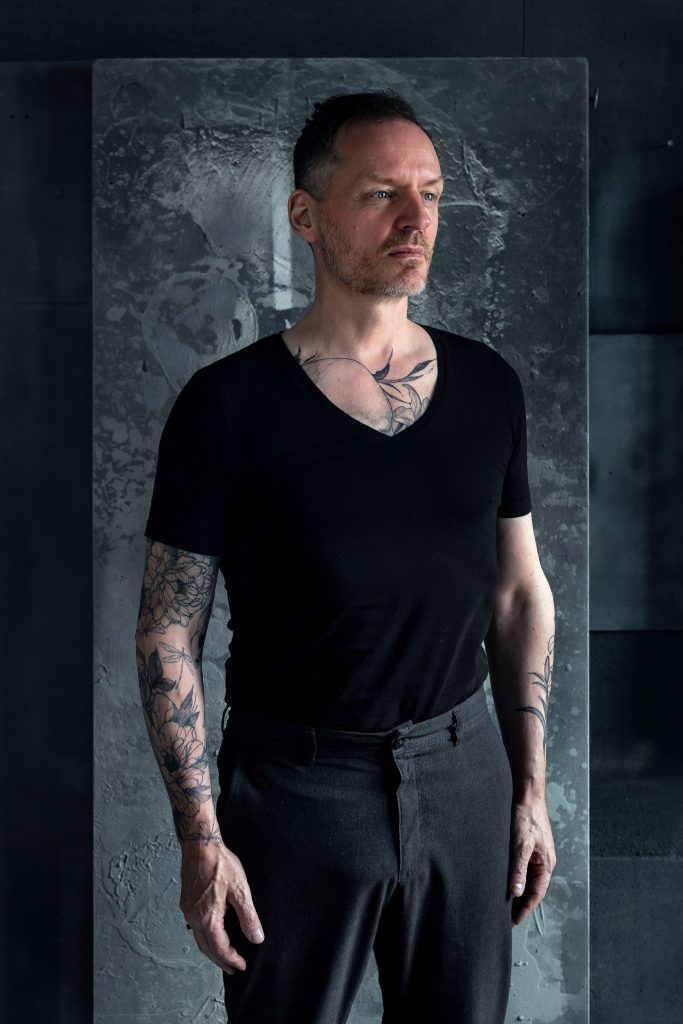
Your work spans sculpture, installation, drawing, watercolour, video, text, theatre and more. How do you determine which medium best suits an idea or subject?
That happens organically. Works that need a frozen-in-time feeling will most probably become sculptures, like Tatiana (Soap Bubble). The most banal objects and actions can become something miraculous when they are frozen in their formal essence, movement or in the moment. Bubble blowing is a universal game that children play all over the world and that many adults have memories of. The sculpture freezes the very moment the girl closes her eyes just a second before the soap bubble liberates itself from the bubble blower in front of her mouth. That precise, fragile, tiny moment is congealed. We can walk around her, walk around that moment, look at her for much longer than the actual moment and observe from all angles. Sometimes I need full-on narration, old-school storytelling, and that’s when writing and theatre come into view again.

Many of your sculptural installations are completely monochrome, often in matte grey tones. Why is colour largely absent in your work?
If I were to make my sculptures of people in full colour, they would then be too focused on simulating reality. I prefer to abstract reality and create an evocation of an atmosphere. I love to evoke, not to simulate. Therefore, I also always prefer to fully and instantly show that my works are nothing but a construction, an interpretation, and not a copy. For some of my immersive installations and sculptures of human figures, I realised that I love to use my own specific grey, making them appear frozen in time, or petrified. The grey I developed has a tender, velvet-like appearance and silences the sculptures, creating a mood of tranquillity.
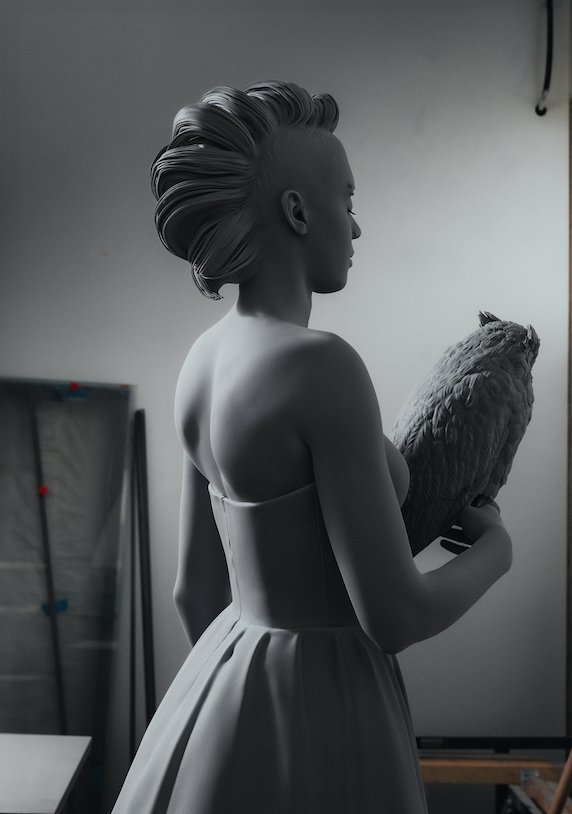
Stillness and silence are strong undercurrents in your work. Why is this atmosphere so central to what you create?
Because of the world being increasingly loud and visually overloaded, I seek to find and stage the quiet and unspectacular, a chill-out, a resting point, a moment to let go, to be no one and nowhere for an instant. When I’m in the position of the viewer, I like to find solace, peace and an invitation to contemplation in an artwork. It’s my driving ambition to trigger those feelings in the viewer through my work.

Your installations and sculptures feel theatrical and constructed yet emotionally resonant. How does fiction operate in your work?
My visual fictions are entirely made up, but they refer to life as we know it, and therefore can trigger, move and involve us towards authentic feelings of recognition, identification and sincere emotions, as real as the ones we experience in our private lives. It is the essence of fiction that becomes truth. I seek to capture suspended moments, fragments of life, lying outside linear narrative. The way I love to play with the perception of scale and atmosphere hopefully sparks a disconnect, a feeling of strangeness when confronted with scenes lifted out of the ordinary. Each work offers us the seed of yet another possible story.

Humour, absurdity and playfulness appear in some of your most meditative or melancholic works. Is this a conscious tension?
My works often touch on aspects of the tragic, alongside lightness and humour. I love the notion of the tragicomic, and it is true that absurdity, silliness and ineptness are somewhat in our Belgian blood. I do that from a conviction that representations of the tragic can be healing. It’s the age-old idea of catharsis: the identification that flows from the suffering and difficulties of fictional others. A novel in which everything is fine and everyone is happy is boring. Whenever
I read a novel, I want to be moved by depth, to see how people deal with obstacles and suffering. When I go to the cinema, I want to look at the world with completely different eyes when I leave. You know you are not alone when an artwork gives you the feeling you are not the first to have struggled. The artwork thus becomes a loving embrace or a consoling hand on your shoulder.
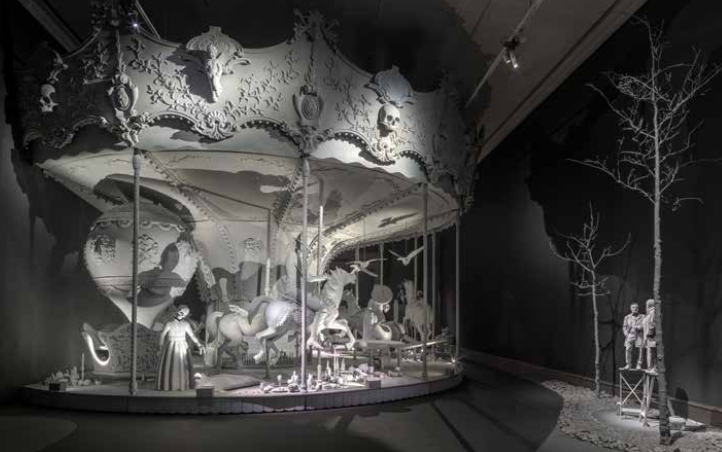
What is the main idea behind your exhibition On Vanishing at Templon in Paris?
The exhibition focuses on the idea of “vanishing”: disappearing suddenly and completely – or, in mathematical terms, becoming zero. Designed as a wunderkammer, it brings together diverse works that tie in with this notion and at the same time offer the beginning of all kinds of possible stories. All the components in this fictional world, rich in references, refer to different time periods and socio-cultural environments and are very diverse in their aesthetics, but they have capacity to interpret reality and create an enigmatic, dreamlike atmosphere.
Also see: Art market state in Hong Kong 2025



